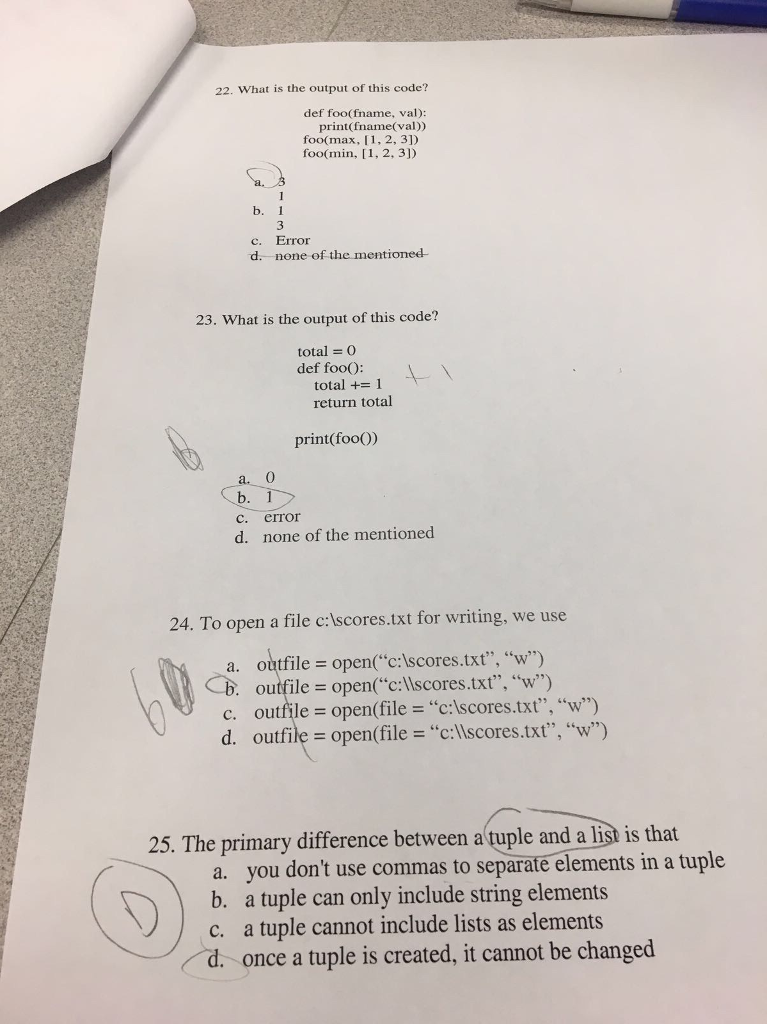Answered step by step
Verified Expert Solution
Question
1 Approved Answer
22. What is the output of this code? def foo(fname, val): print(fname(val)) foo(max, I1,2, 3].) foo(min, [1, 2, 3) b. 1 3 c. Error d.

Step by Step Solution
There are 3 Steps involved in it
Step: 1

Get Instant Access to Expert-Tailored Solutions
See step-by-step solutions with expert insights and AI powered tools for academic success
Step: 2

Step: 3

Ace Your Homework with AI
Get the answers you need in no time with our AI-driven, step-by-step assistance
Get Started


